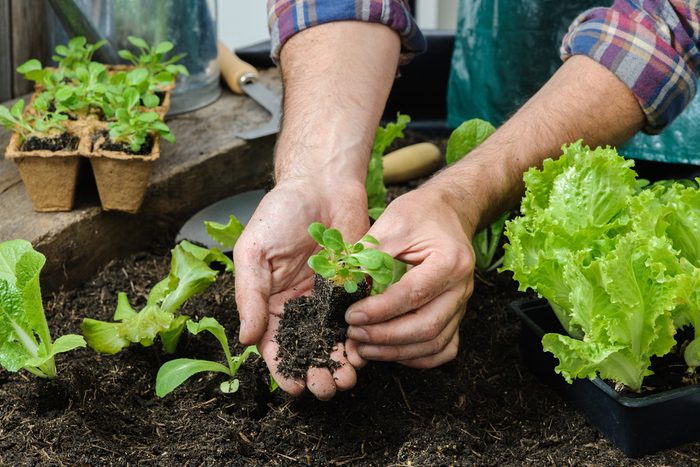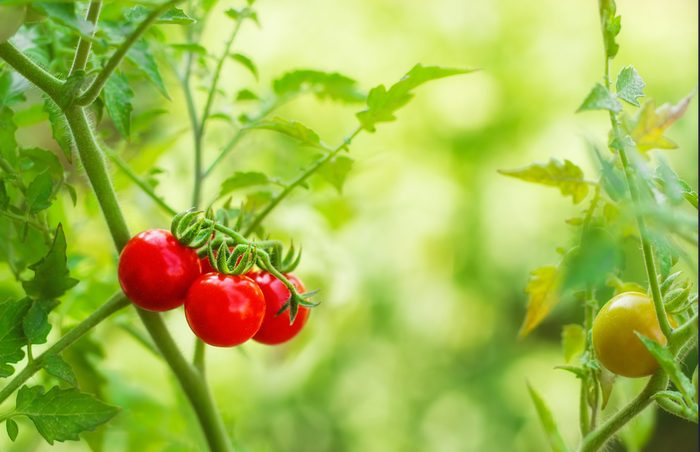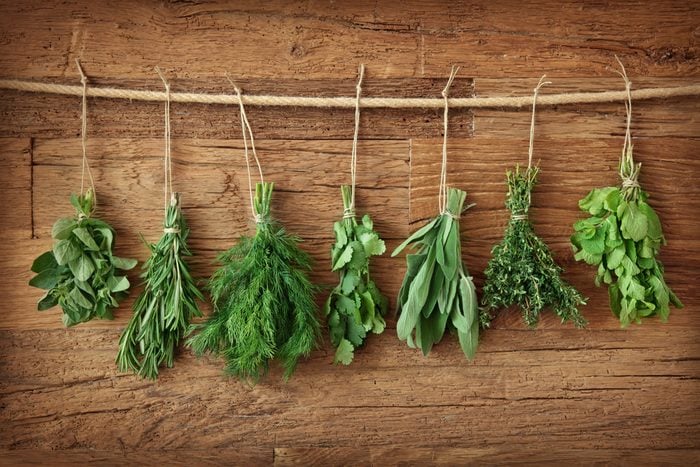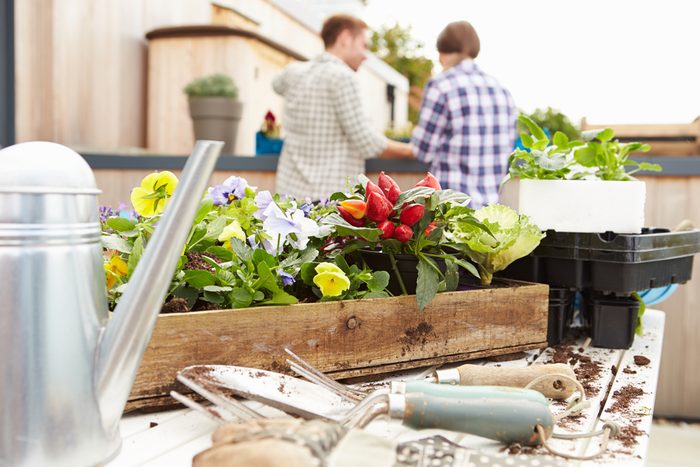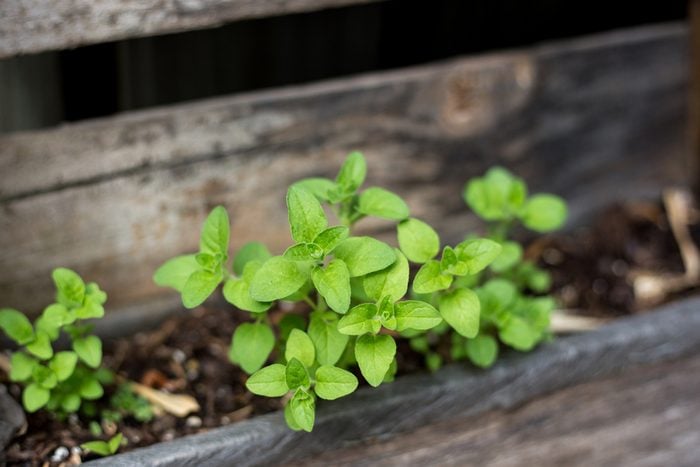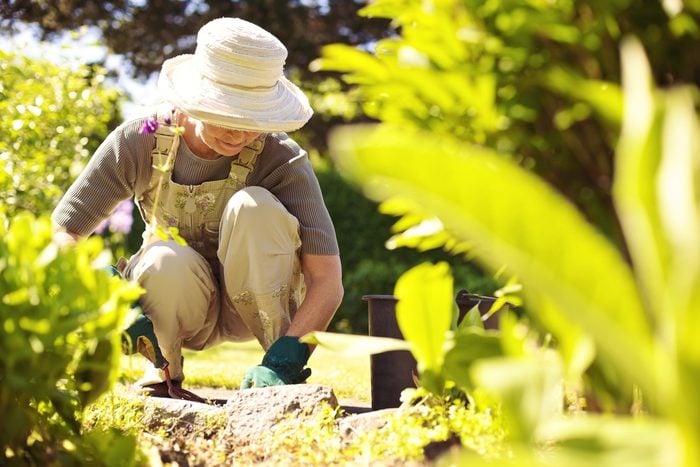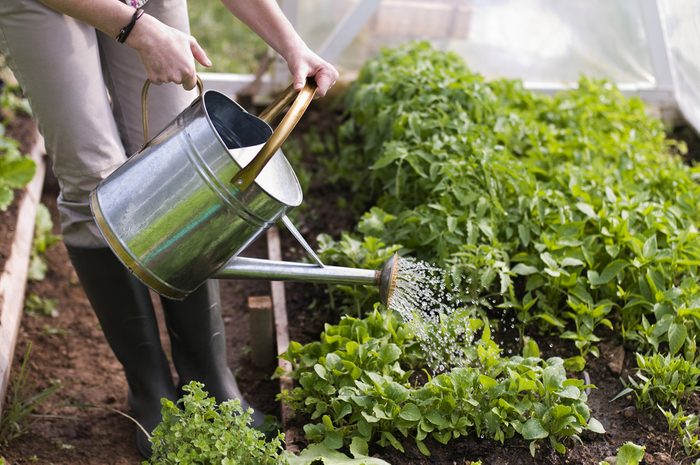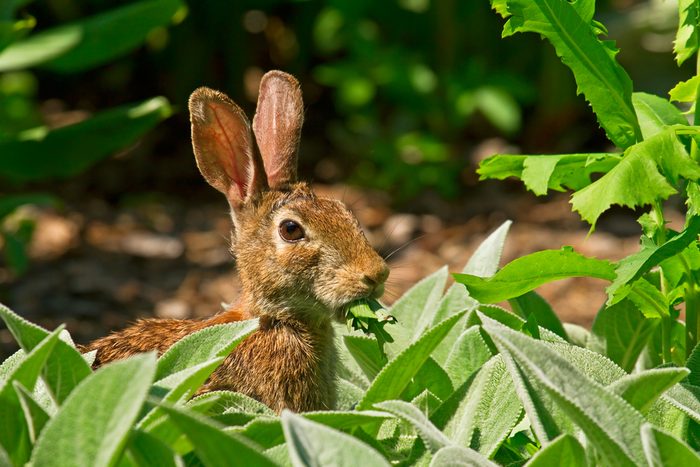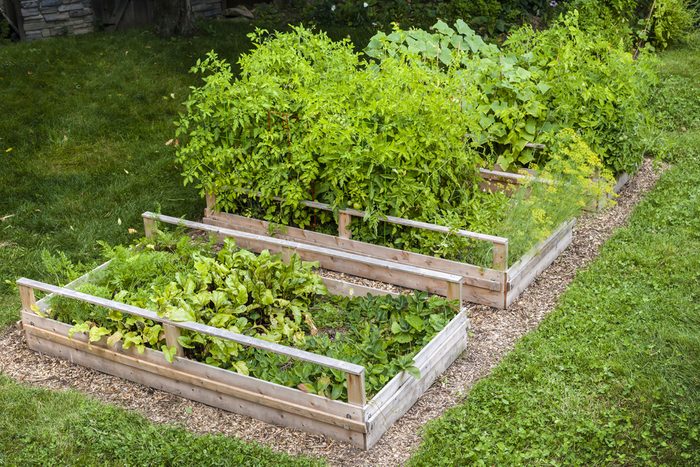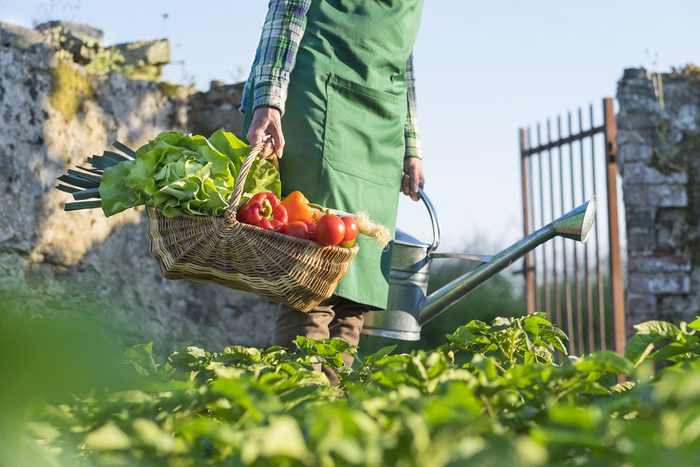
Growing your green thumb
By starting your own garden, you’ll not only know exactly what you’re feeding your family but also help offset rising food prices (hello, $8 cauliflower!). Having a garden is an opportunity to eat healthy produce, try something different and encourage your family to participate. Follow these nine tips and you’ll be off to a flying start.
1. Go slow
New gardeners get so excited that they go too big too fast, but it’s best to start off with one or two raised beds. By the end of summer, if it ends up as a bed of weeds, maybe it’s not for you. But after the first year, if you’re like, “I could do way more!” then it’s growing to meet your lifestyle. Below are five ground rules to follow when starting your own vegetable garden.
2. The best veggies for beginners
The easiest vegetables for beginners to grow are tomatoes and lettuce. Some varieties of lettuce germinate in up to seven days, so you’ll know quickly if it’s a success or if you should try something else. Zucchini is also easy.
3. Skip out on herbs- for now
Herbs are more difficult because they like hot, dry and sandy soil (think Mediterranean climate). If you want to grow herbs, your best bet is to plant the whole pot – that way, you can control that soil separately.
4. Gardening in small spaces
If you only have a small space or balcony, I recommend using planters. Planters are the easiest way to control the environment and keep away pests. When choosing planters, be smart about their materials because they’ll leach into your soil when the wood gets wet. If you’re using pressure-treated or chemically treated wood, the chemicals will go into your soil. Check out MicroPro Sienna, which has 95 percent less saturation into the soil. It’s a significant improvement over your pressure-treated planter, yet it’s not cost prohibitive like cedar.
5. Ground rules
Vegetables will grow best in a triple-mix blend, which is soil with peat moss mixed in and sometimes sand or fertilizer. You can still use soil from your backyard, but it’s always a good idea to add extra nutrients if you’re trying to grow produce.
6. Lighting 101
If you have poor sun conditions, always choose vegetables that have big green leaves, such as kale or spinach. These leaves are better at transforming the available sunlight into nutrients that will help the plant grow.
7. When to water
If you have good drainage, overwatering won’t be a concern. You want your garden to get between one and two inches of water each week. You can find out if you have good drainage by digging a small hole, filling it with water and seeing if it drains in a reasonable amount of time.
8. Keeping the pests away
One of the best ways to control animals and pests is to elevate the vegetable garden. Rabbits generally don’t want to leave the ground because they feel exposed, so anything about 18 to 24 inches high is good. Often, bugs will leave planters alone, too, because they’re not as accessible.
9. Give ’em space
New gardeners often overcrowd a space, and then things get out of control. If the back of your seed package says “one seed every six inches,” understand that it means that and plant accordingly.
Recommended:
• The 5 best foods to grow at home
• How gardening heals
• A surprising way to get fit outdoors
